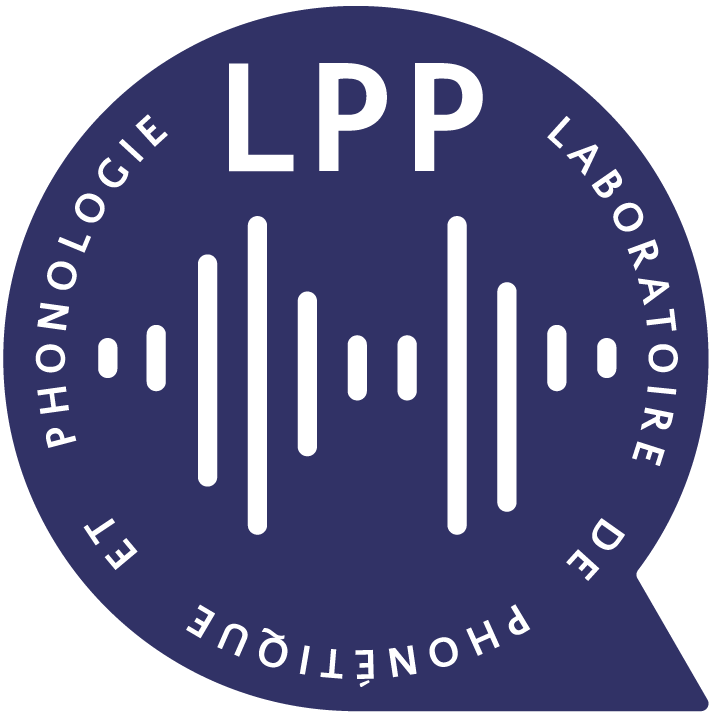In the last 30 years, many research studies have explored a special register of vocal communication primarily directed to infant listeners. However, infant–directed (ID) speech has received disproportionately more research attention than ID–singing, despite the fact that singing to preverbal infants is a universal caregiving practice around the world. Other studies show that singing to infants may regulate infant states and facilitate bonding and dyadic coordination better than speech.
To reach a better understanding of the role and structure of these two different ID inputs, I discuss some recent work related to how the acoustics and infants’ perception of ID singing and speech converge or differ. When comparing infants’ perception and attentional preferences to song and speech, we find that discriminate between infant-directed speech and song, and are highly attracted to properties of ID singing. Another recent study also found that song birds show discrimination between the same speech and song stimuli that infant listeners can discriminate, providing further support that infant-directed speech and song comprise two different acoustic categories. In a study examining infants’ attention to the two different stimulus levels in song (lyrics vs. melody), we found that infants are clearly able to differentiate between the two levels, and furthermore, the melodic level may actually facilitate infants’ memory for specific words in the lyrics.
In this talk, I explore the idea that ID singing should be considered a distinct vocal communication category, which may be optimally adapted to preverbal infants’ perceptual needs and capacities. Furthermore, I argue that ID singing complements ID speech as a critically important stimulus for infants’ perception and learning in the first year of life.
Prochains événements
Voir la liste d'événementsSRPP de Susanne Fuchs
ZAS Berlin
SRPP de Johanna Cronenberg
Université Paris Cité/LLF
SRPP de Indranil Dutta
School of Languages and Linguistics, Jadavpur University
SRPP de Michael Neumann
Modality.AI, Inc.


